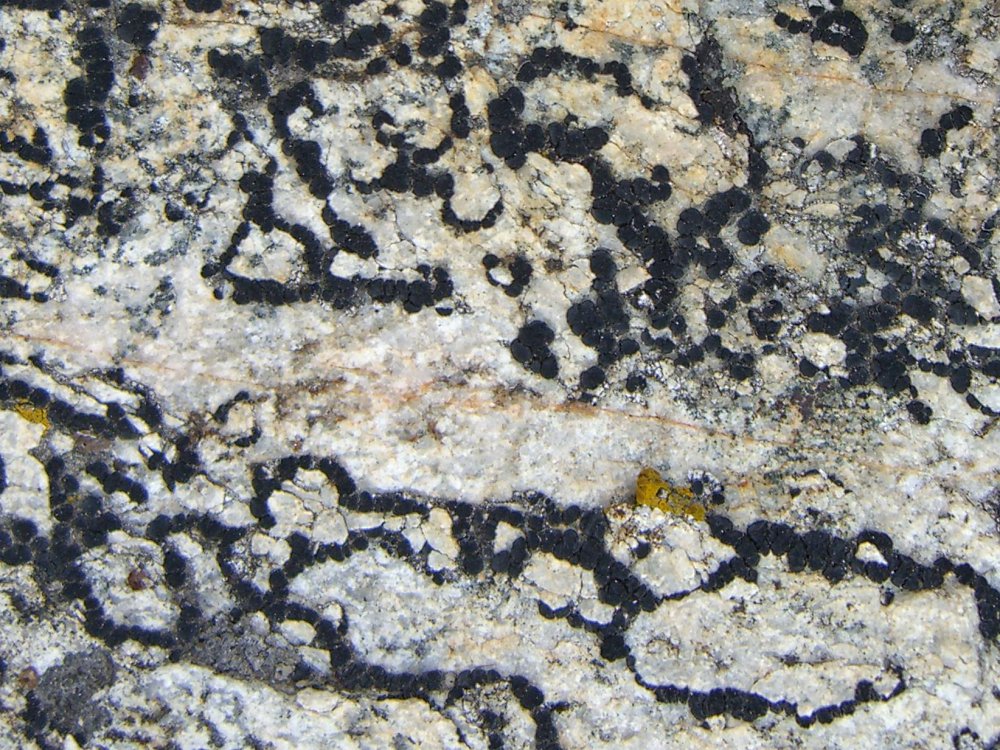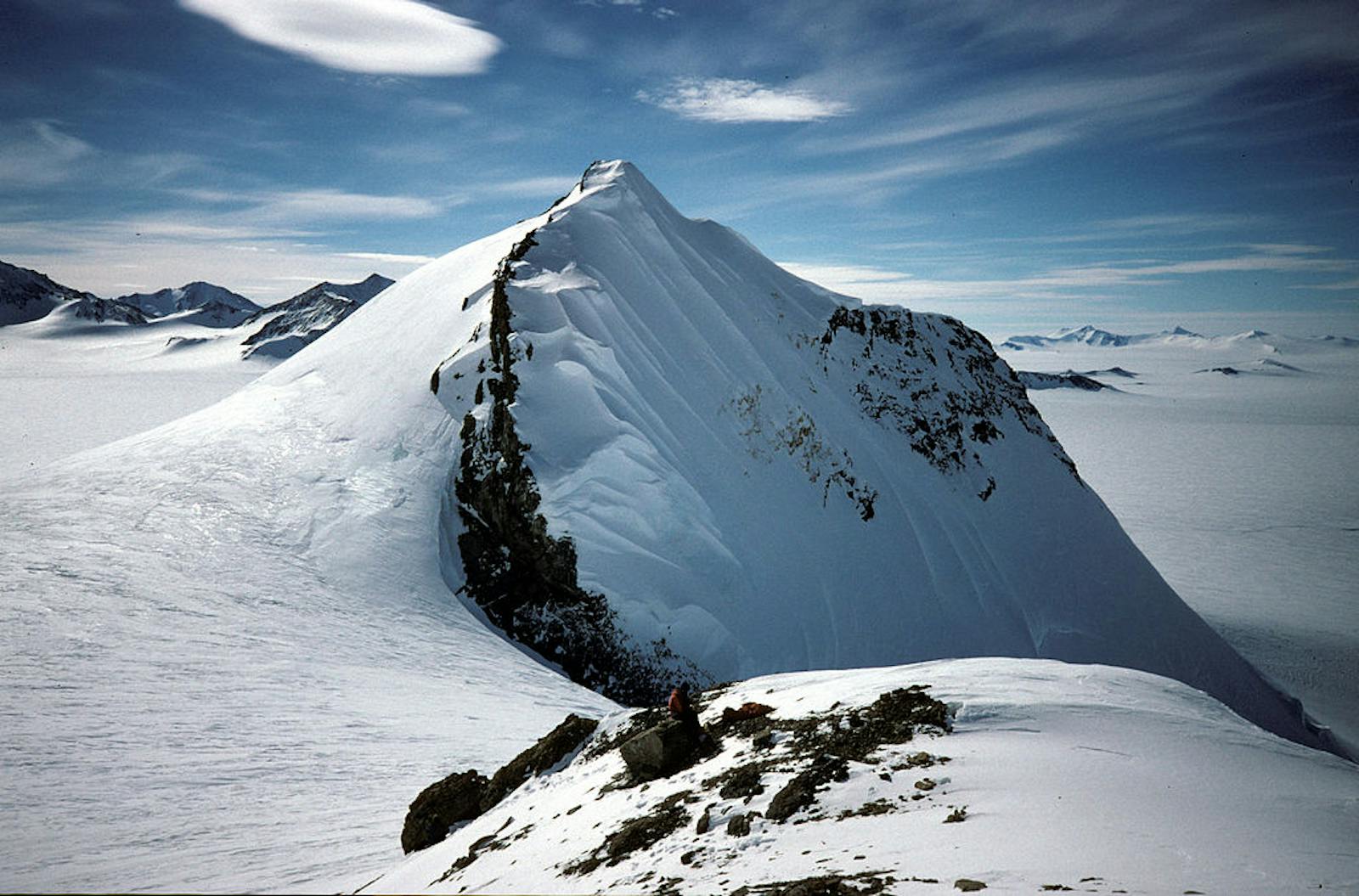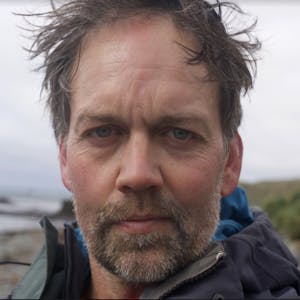South Antarctic Peninsula Tundra
The ecoregion’s land area is provided in units of 1,000 hectares. The conservation target is the Global Safety Net (GSN1) area for the given ecoregion. The protection level indicates the percentage of the GSN goal that is currently protected on a scale of 0-10. N/A means data is not available at this time.
Bioregion: Antarctic Peninsula & Scotia Sea (AN2)
Realm: Antarctica
Ecoregion Size (1000 ha):
N/A
Ecoregion ID:
130
Conservation Target:
N/A
Protection Level:
N/A
States: Antarctica
The South Antarctic Peninsula tundra ecoregion is made up of the southerly most ice-area area of the Antarctic Peninsula. Much of this ecoregion is a high-altitude mountainous, permanently ice-free area adjacent to the Weddell Sea and the Ronne Ice Shelf. However, there are also some lower-lying areas extending all the way down to the coast, and the elevation ranges from just above sea level to just over 2,000 m, with a mean elevation of 1,100 m. The ice-free land that makes up this ecoregion is largely inaccessible, and there is only one permanent research station.
The inaccessibility is reflected in the relatedly low numbers of biodiversity records. Only four species of moss have been recorded, 42 species of lichen, and one species of mite. Many of the lichen species are endolithic, surviving in tiny gaps in the actual structure of rocks. A single Adélie penguin (Pygoscelis adeliae) colony is recorded from the region, with just under 15,000 breeding pairs estimated to breed on Sims Island at the southwestern extent of this ecoregion.

The flagship species of the South Antarctic Peninsula Tundra ecoregion is the Lecidea cancriformis (endolithic lichen).
The only permanent human infrastructure in the vicinity of this ecoregion is the ice runway and Airfield Camp—Sky Blu located adjacent to a couple of very small ice-free areas in the south of this ecoregion. The facility is run by the British Antarctic Survey and is used to store fuel drums and field equipment for onward transport by Twin Otter aircraft. The camp is staffed by a minimum of two, but usually three, people, including a mechanic. No tourism is generally undertaken in the region, and there are no Antarctic Specially Protected Areas.
Priority conservation actions for the next decade
- Undertake systematic conservation planning to identify vulnerable ecosystems, species, and candidate sites for area protection.
- Initiate research to better the distribution and abundance of invertebrates and plants.
- Ensure a stable Antarctic Treaty system to maintain the ongoing, overall protection of Antarctica.
-
-
- Terauds, A., S. L. Chown, F. Morgan, H. J. Peat, D. J. Watts, H. Keys, P. Convey, and D. M. Bergstrom. (2012) Conservation biogeography of the Antarctic. Diversity and Distributions 18:726-741.
- Terauds, A., and Lee, J. R. (2016) Antarctic biogeography revisited: updating the Antarctic conservation biogeographic regions. Diversity and Distributions 22:836-840.
- Chown, S.L. & Convey, P. (2007) Spatial and temporal variability across life’s hierarchies in the terrestrial Antarctic. Philosophical Transactions of the Royal Society B: Biological Sciences, 362: 2307–2331.
-
Cite this page: South Antarctic Peninsula Tundra. Ecoregion Snapshots: Descriptive Abstracts of the Terrestrial Ecoregions of the World, 2021. Developed by One Earth and RESOLVE. https://www.oneearth.org/ecoregions/south-antarctic-peninsula-tundra/
-



